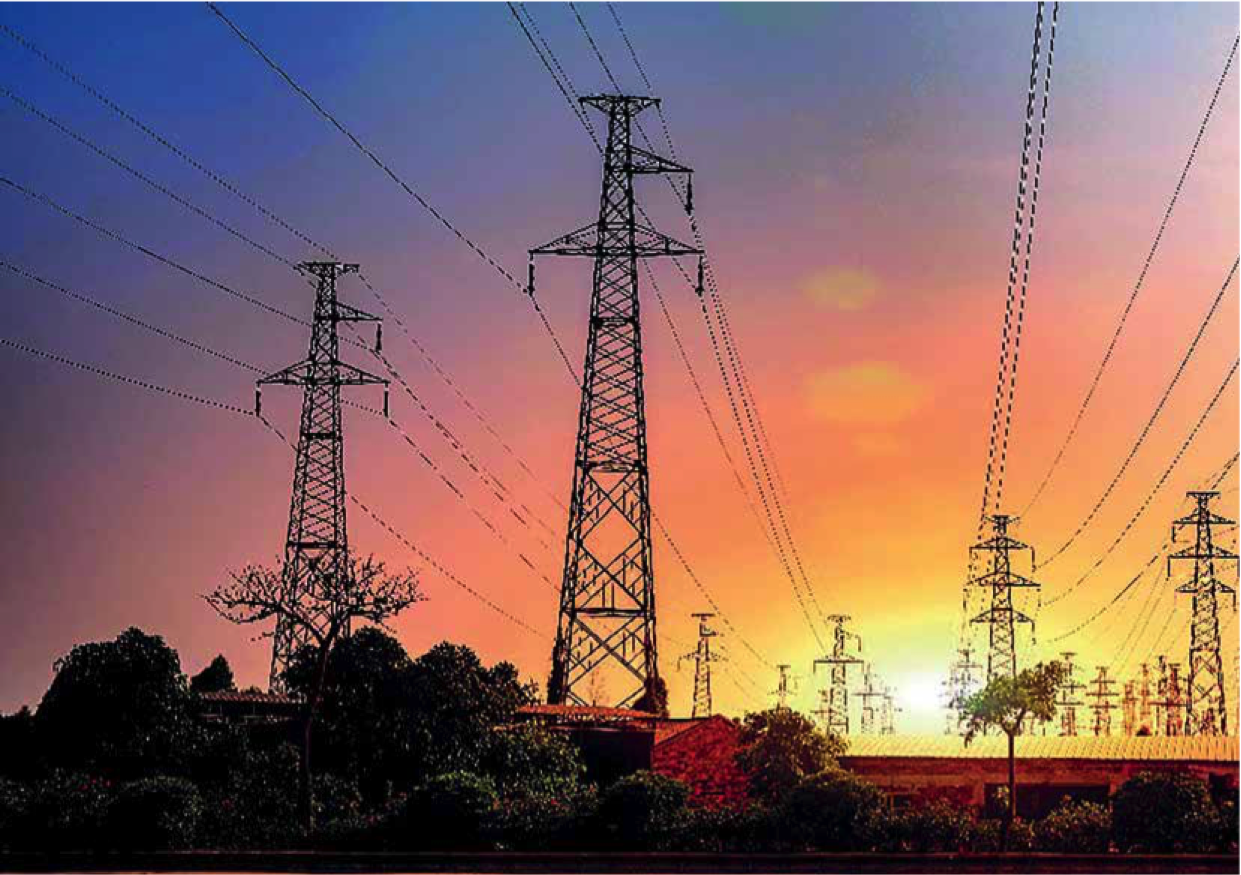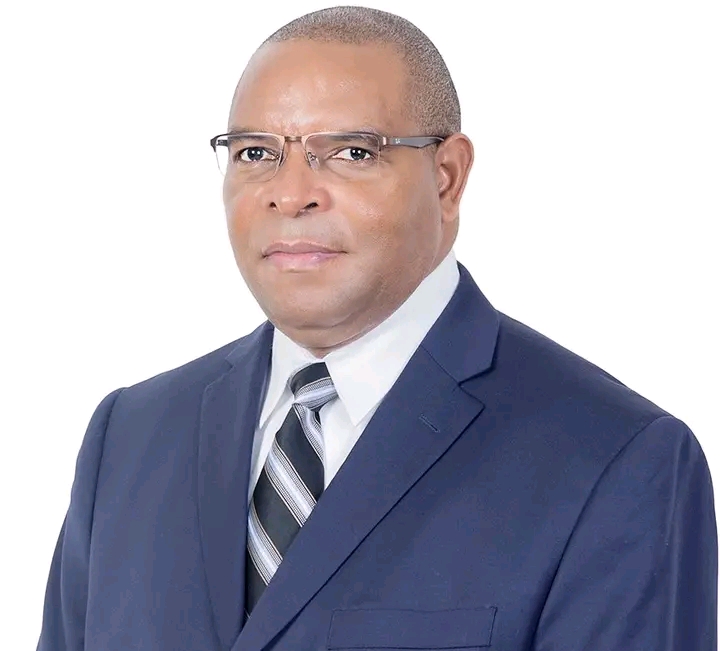BY STUART LISULO
ZESCO Limited is being restructured to enable the power utility recover arrears owed to it by Konkola Copper Mines (KCM) amounting to more than US $174 million, says Energy Minister Peter Kapala.
The corporation is further being realigned to reset its commercial relationships with the Copperbelt Energy Corporation Plc (CEC) among other sector players.
Kapala announced in a ministerial statement to Parliament that a multi- sectoral team of experts was already embarking on the restructuring plan to resuscitate Zesco’s precarious financial position.
“A team comprising experts from the Ministry of Energy, Ministry of Finance, the Industrial Development Corporation (IDC) and Zesco has been tasked with assisting Zesco Limited to implement this strategy.”
Government anticipated that through the implementation of Zesco’s turnaround strategy, the power utility would:
- Reset the relationship with its mining customers and CEC, which account for 60 per cent of its revenues such that Zesco is able to charge cost reflective tariffs;
- Rebase its relationship with IPPs (independent power producers) and agree long-term sustainable off-take tariffs;
- Reduce operating expenses, leading to savings totalling US $75 million over the period 2021-2025.
Zesco’s total indebtedness of US $3.5 billion as highlighted by the Auditor General’s Report on parastatals has been exacerbated by the kwacha’s sustained depreciation against major currency convertibles.
The power utility incurred losses amounting to US $432 million between 2018 and 2020, as 70 per cent of Zesco’s operating costs were paid for in US dollars, which include servicing the power purchase agreements (PPAs) for off-take of power from investment promotion agencies (IPAs).
“It is the ‘New Dawn’ Government’s plan to restructure Zesco to improve its operations, autonomy and efficiency. We remain committed to ensuring that the company’s long-term financial sustainability is achieved.”
In his statement on Zesco’s debt position as reported in the Auditor- General’s Report on parastatals on October 15, Eng. Kapala told the House that Government had commenced a restructuring of the national power utility to enable it recover arrears owed to it by KCM amounting to more than US $174 million.
REVIVE
The same process would rigorously revive Zesco’s financial performance. According to Kapala, Zesco’s total indebtedness of around US $3.5 billion was on account of various factors that included the emergency power imports from the 2015/2016 drought season.
Crucially, however, Zesco’s commercial disputes with sector players like First Quantum Minerals (FQM), KCM and CEC have hit the national power utility’s revenues.
According to Kapala, disputed invoices and the inability to pay had resulted in these entities owing Zesco a combined US $886 million as at August, 2021.
“…Admittedly, there are other operational inefficiencies that affect revenue generation and collection by the utility, which need to be addressed as a matter of urgency. In mitigating and turning around the company’s business model, Zesco has embarked on a turnaround strategy to improve its financial position.
“This strategy seeks to stabilize, recover and improve the company’s financial performance over the period 2021 to 2025. The following are some of the measures that are proposed to be implemented in the turnaround strategy: Debt management: Engagement with mining companies and the CEC, which account for 60 per cent of the revenues with the view to renegotiate tariffs to cost reflective levels…” Kapala said.
The process would include the renegotiation of IPP tariffs to a level that allows settlement of monthly invoices as and when they are due, which will curtail the accrual of arrears.
A new plan would be formulated to to clear IPP arrears, which would involve engaging IPPs for an agreement on a payment plan for outstanding debt that allows settlement of arrears, while allowing Zesco to continue operating as a going concern.
On enhanced revenue collection, the turnaround strategy would see Zesco engage KCM on the liquidation of arrears of the US $174 million on a sustainable basis, with a suitable mechanism for KCM to settle the full monthly invoices of US $5.5 million as they fell due.
Other measures would include innovative financing of capital investment allowing Zesco to enter new frontier markets to earn and generate significant dollar revenues. This should facilitate Zesco’s long-term strategy to become the hub for electricity trading in the region.
COST-REFLECTIVE TARIFFS
And Kapala bemoaned how Zesco had not been able to charge cost reflective tariffs despite the most recent tariff adjustment having commenced implementation in January 2020.
“…Since then, no tariff adjustment has been made to allow the utility to recover the costs arising from the kwacha’s depreciation against the dollar during this period, even though the kwacha weakened to K22 per US $1 during this period. This has, and continues to, negatively affect Zesco’s financial performance,” said Kapala.
The Minister’s long-awaited statement is expected to put to rest any further debate on whether Zesco needs unbundling as advocated by some stakeholders to revive its operations.








